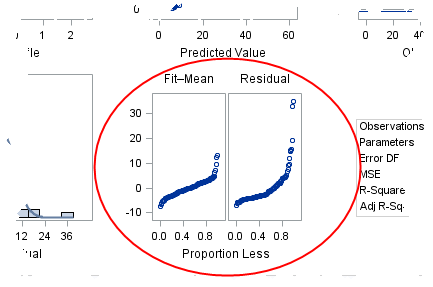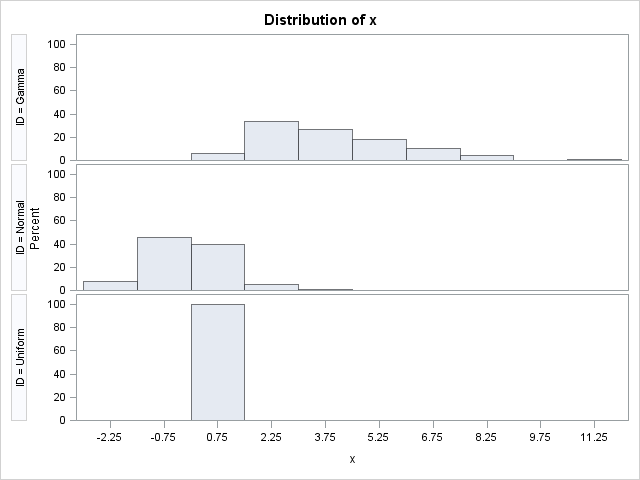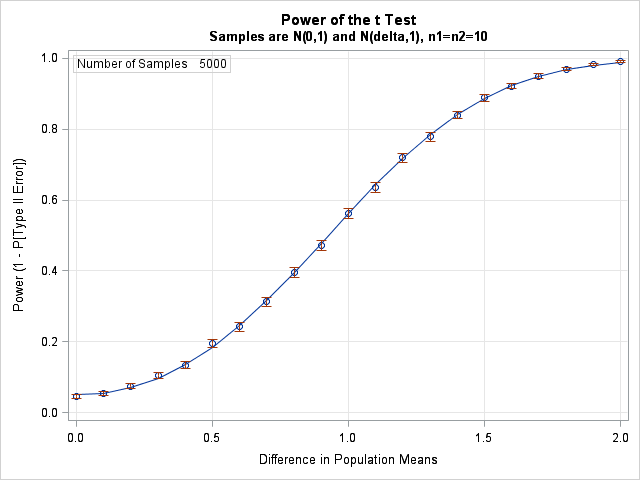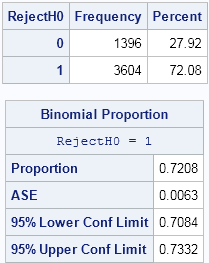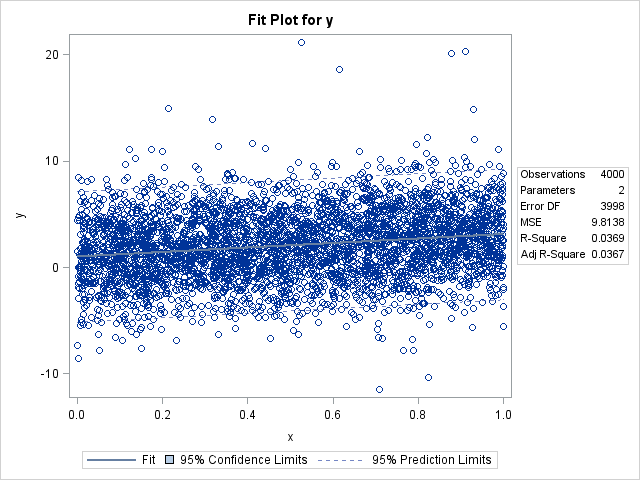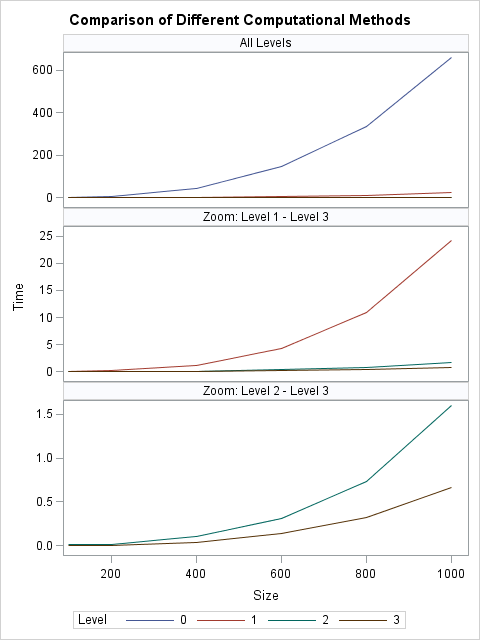
I am not a big fan of the macro language, and I try to avoid it when I write SAS/IML programs. I find that the programs with many macros are hard to read and debug. Furthermore, the SAS/IML language supports loops and indexing, so many macro constructs can be replaced



